1930s
Wearable Boat
Posted By: Paul - Sat Jan 30, 2021 -
Comments (0)
Category: Hunting, Trapping and Other Wilderness Activities, Inventions, Chindogu, Oceans and Maritime Pursuits, 1930s
Predicting war by mathematics
At an August 1938 meeting of the British Association for the Advancement of Science, Professor Lewis F. Richardson attempted to use mathematics to predict the likelihood of war:He concluded there was "no chance of war," which proved to be a somewhat inaccurate prediction.

The Alexandria Town Talk - Sep 27, 1938
Encyclopedia.com offers some more info on what Richardson was up to:
Despite the eccentricity of his mathematical war-prediction model, Richardson was apparently quite influential in the history of mathematics. Wikipedia notes that he did pioneering work in mathematical techniques of weather forecasting, as well as in the study of fractals.
Posted By: Alex - Sun Jan 10, 2021 -
Comments (8)
Category: Science, War, 1930s
Donald Campbell, the man who couldn’t stop talking
In 1933, Donald Campbell, a truck driver, fell from his truck and hit his head. A year later he developed a bizarre condition. He started talking incessantly, non-stop. His talking was so compulsive that he couldn't even sleep. His talking was perfectly rational. He answered questions clearly. But he couldn't stop.Doctors attributed his condition to encephalitis, or brain swelling. After about a month his non-stop talking subsided, and doctors thought he had recovered. But within four months he was dead. Strangely, the cause of his death was cancer and seemed to be unrelated to his non-stop talking.
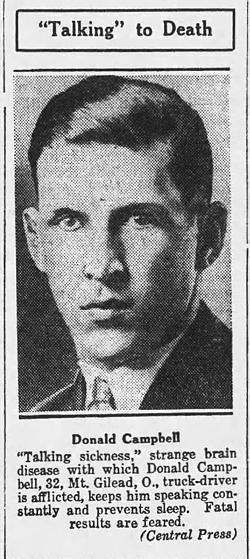
Pottsville Evening Herald - Aug 17, 1934

Pittsburgh Press - Sep 5, 1934

Cincinnati Enquirer - Jan 6, 1935
Update — A newspaper recorded an example of some of Campbell's rambling monologue:
Posted By: Alex - Thu Jan 07, 2021 -
Comments (4)
Category: Health, Mental Health and Insanity, 1930s
Your Money Or Your Kid!
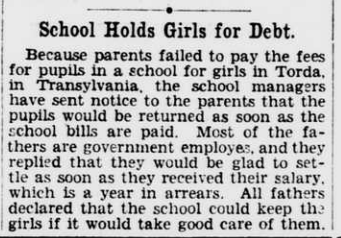
Source.
Posted By: Paul - Sun Dec 27, 2020 -
Comments (6)
Category: Education, Money, 1930s, Europe
Santa Claus sues Santa Claus
The dispute began in 1935 between two toy and candy companies, both based in the town of Santa Claus, Indiana. On one side there was Santa Claus, Inc. On the other side was Santa Claus of Santa Claus, Inc. The former alleged that the latter shouldn't have chosen such a similar name.In response, Santa Claus of Santa Claus, Inc. charged that its rival illegally put up a 25-foot, 20-ton Santa statue on land leased to Santa Claus of Santa Claus, Inc.
The lawsuit, Santa Claus, Inc. v. Santa Claus of Santa Claus, Inc., eventually made its way up to the Indiana Supreme Court.
As far as I can tell, Santa Claus of Santa Claus, Inc. won the fight. But either way you look at it, Santa Claus won.

Muncie Evening Press - Dec 30, 1935
Posted By: Alex - Fri Dec 25, 2020 -
Comments (0)
Category: Lawsuits, 1930s, Christmas
The Camouflage Bat
On April 9, 1932, Leon "Goose" Goslin of the St. Louis Browns stepped up to the plate with a striped "camouflage bat" during an exhibition game against the Cardinals. The bat was "designed to confuse the pitcher and fool the infield players." The Cardinals didn't object so Goslin used it.But when he tried to use the bat again three days later during the opening game of the season against the Chicago White Sox, the umpire declared "That's not our kind, Goslin!" and forced him to use a regular bat.
The next day, William Harridge, President of the American League, ruled out any further use of the camouflage bat.


Pittsburgh Post Gazette - Apr 14, 1932
Posted By: Alex - Sat Dec 19, 2020 -
Comments (6)
Category: Magic and Illusions and Sleight of Hand, Sports, 1930s
Toy Hitler
A popular toy in Nazi Germany was a miniature model of Hitler. It came in six action poses, including Hitler in an army jeep and in an open car doing the Nazi salute.Not many of these toy Hitlers survive, so if you have one, for some reason, it's probably worth some money. One of them was featured on Antiques Roadshow in 2012.

Newsweek - Dec 26, 1938

Posted By: Alex - Wed Dec 16, 2020 -
Comments (5)
Category: Dictators, Tyrants and Other Harsh Rulers, Toys, 1930s
The Vibro-Helmontholator
A fancy name for a worm catcher.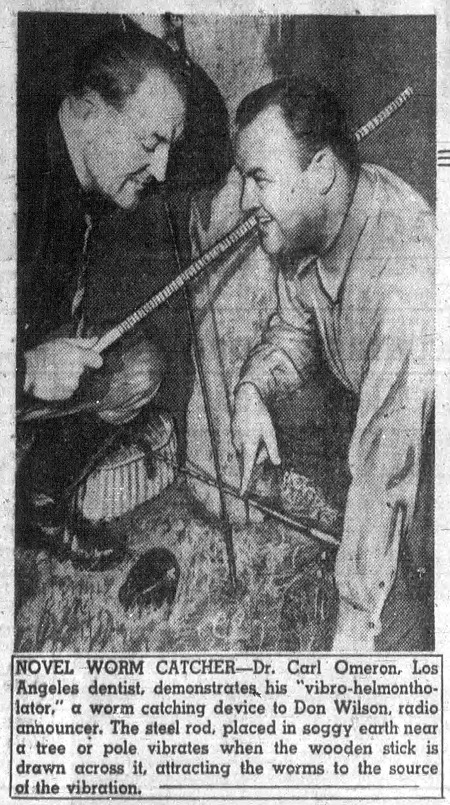
The Elizabethton Star - Jan 12, 1938
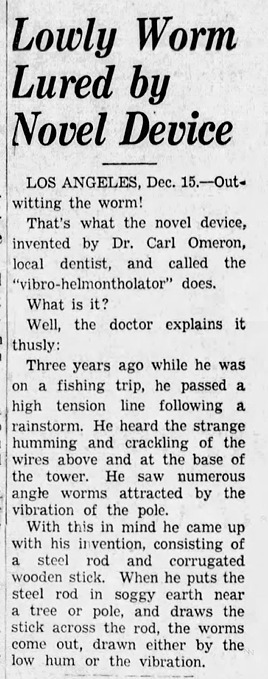
San Francisco Examiner - Dec 16, 1937
Posted By: Alex - Thu Dec 10, 2020 -
Comments (4)
Category: Inventions, Odd Names, 1930s
Midget Coins
1935: The U.S. Treasury considered introducing a "midget coin" that would be worth one-tenth of a cent. It would have been called the "mill". The idea was that people could use it to pay the sales tax on small purchases. As we've seen in a previous post, the sales tax often came out to fractions of a cent. However, Congress nixed the idea.The only businesses that continue to charge tenths of a cent are gas stations. And apparently they began doing that back in the '30s because of the fractional sales tax.
More info: Wikipedia

Baltimore Evening Sun - Aug 7, 1935

Fort Worth Star Telegram - Aug 2, 1935
Posted By: Alex - Mon Dec 07, 2020 -
Comments (1)
Category: Money, 1930s
Unauthorized Dwellings 15
Bonnie and Clyde took over an abandoned house for their last hideout.Full story here.
More pix here.
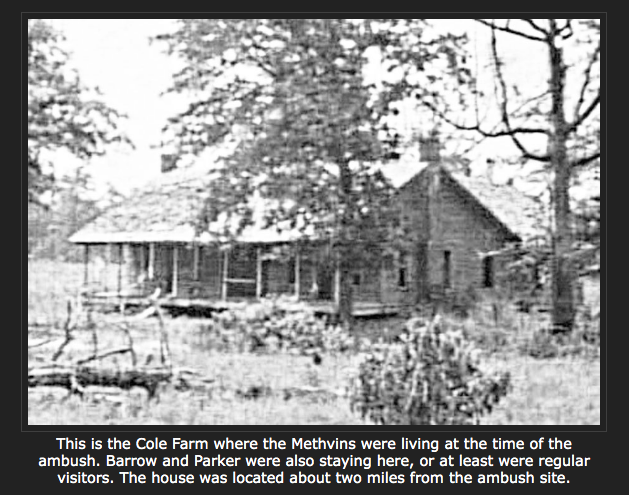
Posted By: Paul - Thu Dec 03, 2020 -
Comments (0)
Category: Death, Domestic, Scary Criminals, 1930s

| Who We Are |
|---|
| Alex Boese Alex is the creator and curator of the Museum of Hoaxes. He's also the author of various weird, non-fiction, science-themed books such as Elephants on Acid and Psychedelic Apes. Paul Di Filippo Paul has been paid to put weird ideas into fictional form for over thirty years, in his career as a noted science fiction writer. He has recently begun blogging on many curious topics with three fellow writers at The Inferior 4+1. Contact Us |




